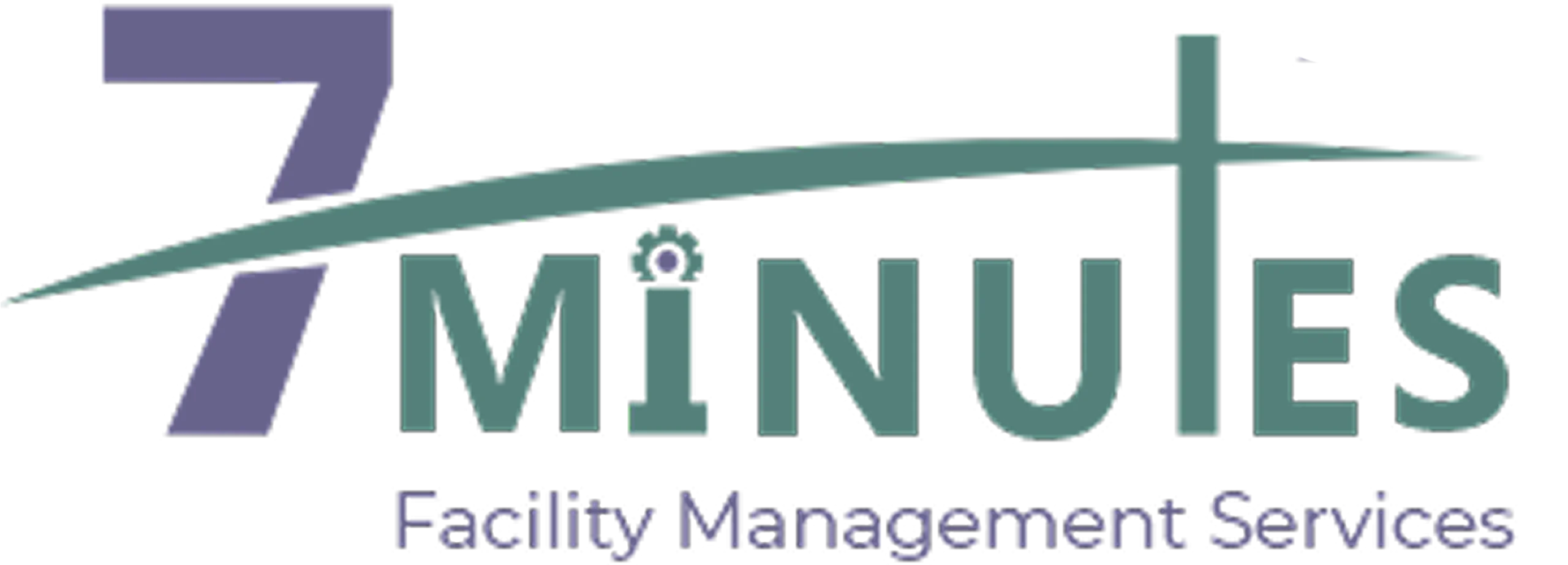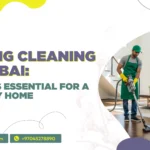preventive maintenance, is quite the foundation in appreciating homeownership, saving you from surprise costs, undue burdens, and horrific interruptions. Selecting a preventive approach to home care extends the lifespan of your home’s systems, washes away some plagues of value depreciation, and averts the most common and most expensive repairs. We look at several common issues one has to contend with in home repairs and another layer of preventive measures with detailed explanations of each so that you can keep your home safe, efficient, and worry-free.
-
Preventing Water Damage with Routine Plumbing Checks
Water damage is the most costly problem that a homeowner can face. It usually comes about from leaking pipes, clogged drains, or an appliance not doing its job. If it happens to be a tiny leak, a bit of mold could be growing on it somewhere, with wet drywall and rotting flooring under someone’s feet. Any site would call that one small problem that turned very big very fast. Regular checks under sinks, around toilets, and behind appliances will provide warning signs of moisture or drips. Additionally, keep an eye on your water bill for any sudden increases and consider hiring a plumber every few years for an inspection. Professional eyes will spot hidden leaks or corrosion that you might surely lose sight of before they become a problem.
-
Getting HVAC Inspected and Changing Its Filters Regularly
Your heating, ventilation, and air conditioning (HVAC) equipment, being a major investment, if left untreated, will break down with extraordinarily high repair costs and will degrade the air quality. Among the simplest, yet very good preventive measures one can take is to change the air filters every 1-3 months, as dirty filters make the system work harder and age faster. Annual inspections by professionals can catch little problems such as refrigerant leaks or faulty electrical connections, which, if left untreated, would become major failures with very expensive repair or replacement costs. Proper maintenance of HVAC systems saves money and ensures a comfortable and healthy indoor environment.
-
Protecting Your Home’s Foundation and Roof
Foundations and roofs: These two are critical to the structural integrity of a house, and if problems in these two are overlooked even for a small amount of time, they can easily cause major problems that are very expensive to fix. Check your foundation for cracks, uneven floors, or sticking doors and windows at least once a year: such things may denote some shifting or settling. It is advisable to seal minor cracks so that they may not become bigger and ensure that water drains away from the house; this will prevent moisture from eroding the foundation or causing other damage. Similarly, search your roof for missing shingles, leaks, or debris; clean the gutters so water can flow away instead of through your home. When scheduled every few years, inspections by professionals may end up saving you thousands of dollars in repairs.
-
Security and Maintenance of the Electrical System
One of the most vehement problems to face arises in electric wiring, such as faulty wiring, malfunctioning outlets, or outdated circuit breakers—an irritating inconvenience that may bring along much danger upon your life. Preventive maintenance starts with regular inspections by a licensed electrician, especially in older homes or after renovations.
-
Appliance Maintenance and Longevity
Refrigerators, dishwashers, and washing machines constitute essential daily appliances, yet they wear out with time. The routine cleaning of filters, inspection of hoses for leaks, and emptying of lint traps can help to prolong an appliance’s life substantially and lessen the chances of breakdown. For instance, yearly cleaning of refrigerator coils will enhance the efficiency and prevent overheating, whereas descaling the dishwasher will guarantee that it performs at its best. Setting aside some money for repairs here and there and buying a home warranty for older appliances can give you more peace of mind and save you from shelling out for an unplanned huge replacement.
-
Exterior Maintenance: Siding, Windows, and Doors
The first line of defense against weather elements is the home’s exterior, which, if left unattended, can lead to water intrusion, pest infestation, or unwanted leaks. Clean vinyl siding on an annual basis and check for any cracks or loose panels. Meanwhile, wood siding requires fresh paint or sealant every few years to ward off splitting or pest-related damages. Lubricate all hinges on windows and doors, replace weatherstripping when it begins to wear, and fix or replace any cracked panes so the rest of your home stays energy-efficient and secure.
-
Gutter Cleaning and Drainage Management
Clogged gutters result in water spillover and damage to your roof, siding, and foundation, and these repairs can be both expensive and avoidable. Clean your gutters at least once per year and more often if you have overhanging trees to keep the water flowing freely away from your home. Check out our latest blog post on How Supply Chain Challenges Are Affecting the UAE HVAC Market in 2025
-
Seasonal Walk-Around Inspection
This is perhaps the easiest and most effective preventive maintenance practice: Do a walk-around of your home, inside and out, at least once each season. Keep an eye out for anything that looks suspiciously new-like, cracks, dampness, pest activity, or damaged building material. Inside, investigate for leaks under sinks, look at utility rooms for corrosion or water damage, and test smoke and carbon-monoxide detectors. These routine inspections will see you repairing minor issues before they become major repairs that eat into your time, money, and sanity.
-
Saving for Home Repairs and Emergencies
Even with the finest preventive maintenance, unexpected repairs may arise; thus, emergency funds should be kept ready. It is suggested that one should set aside for repairs and maintenance at least 1% of the value of the house every year. This cash cushion will ensure that one’s budget does not get thrown out of kilter at the drop of a hat due to an unexpected expense, such as water heater failure or a leaking roof. Planning for such financial needs enables prompt handling of issues before small repair jobs turn into huge expenses.
-
Calling a Professional at the Right Time
When leaks threaten, do not hesitate to call the plumber; when wiring issues arise, call the electrician; and when you suspect serious damage to your roof, call your roofer. Having unskilled workers attempt jobs beyond their capacity could lead to more problems and safety hazards. Should you require an experienced helping hand in an emergency, knowing some well-established contractors nearby will be a boon.
Conclusion:
If something results from maintenance, it is about preserving that asset and ensuring safety of some kind or comfort with peace of mind. If you prevent the most frequent repairs by following these procedures and making upkeep a routine, you will be able to enjoy your home for years. Contact us and remember, a little work put in today will save you thousands tomorrow, keeping any preventive maintenance schedules among the most noteworthy decisions by any homeowner.










1 Comment
Comments are closed.